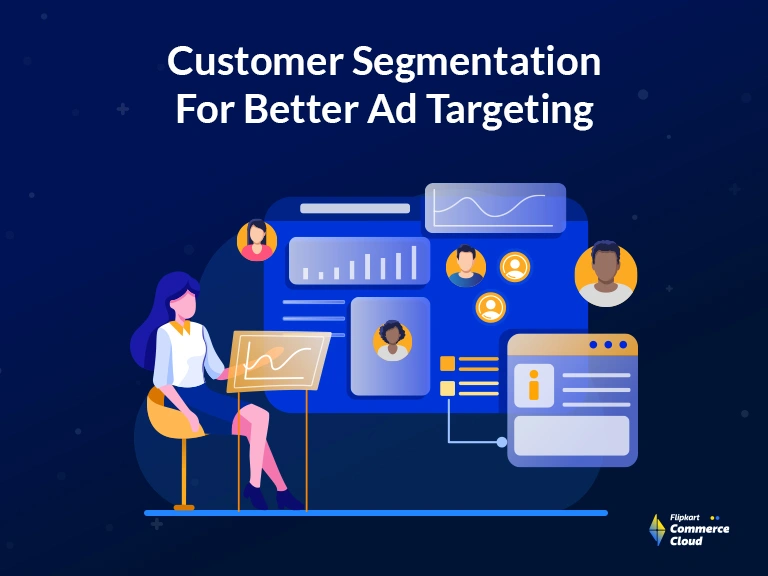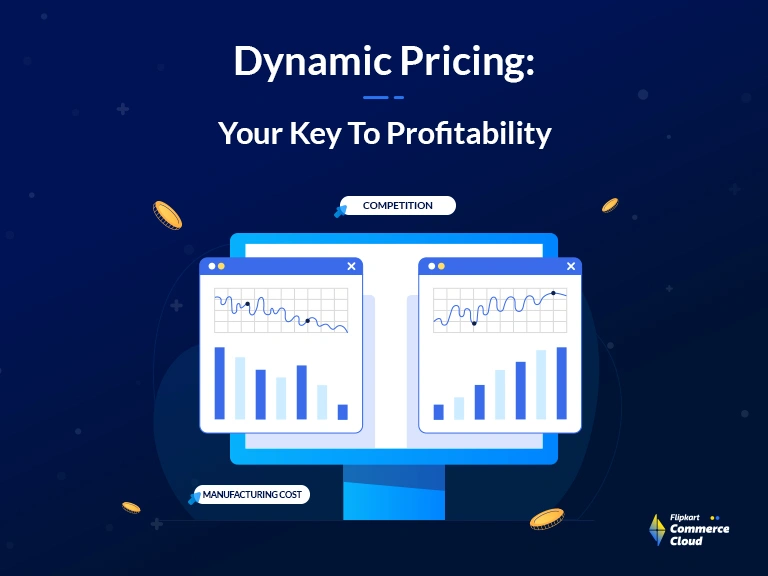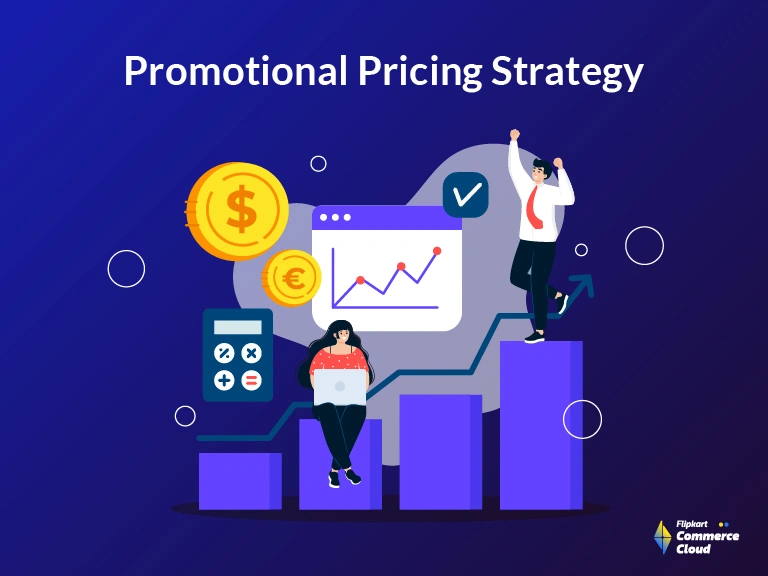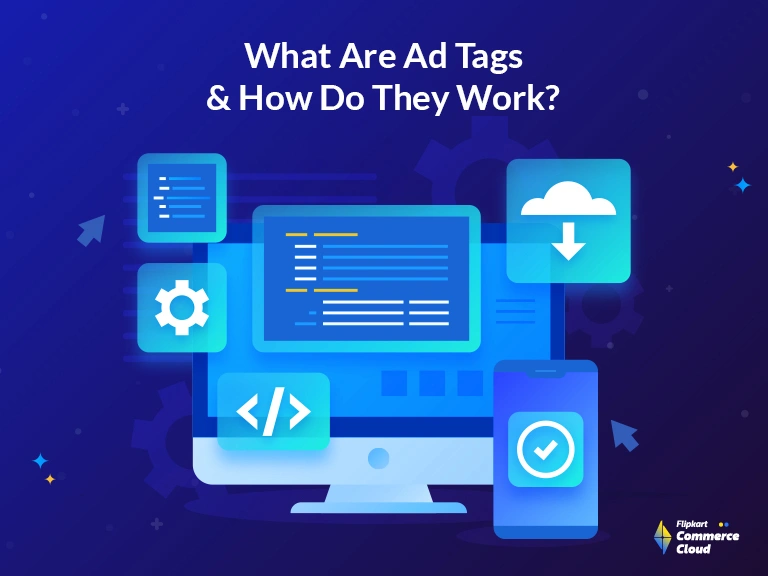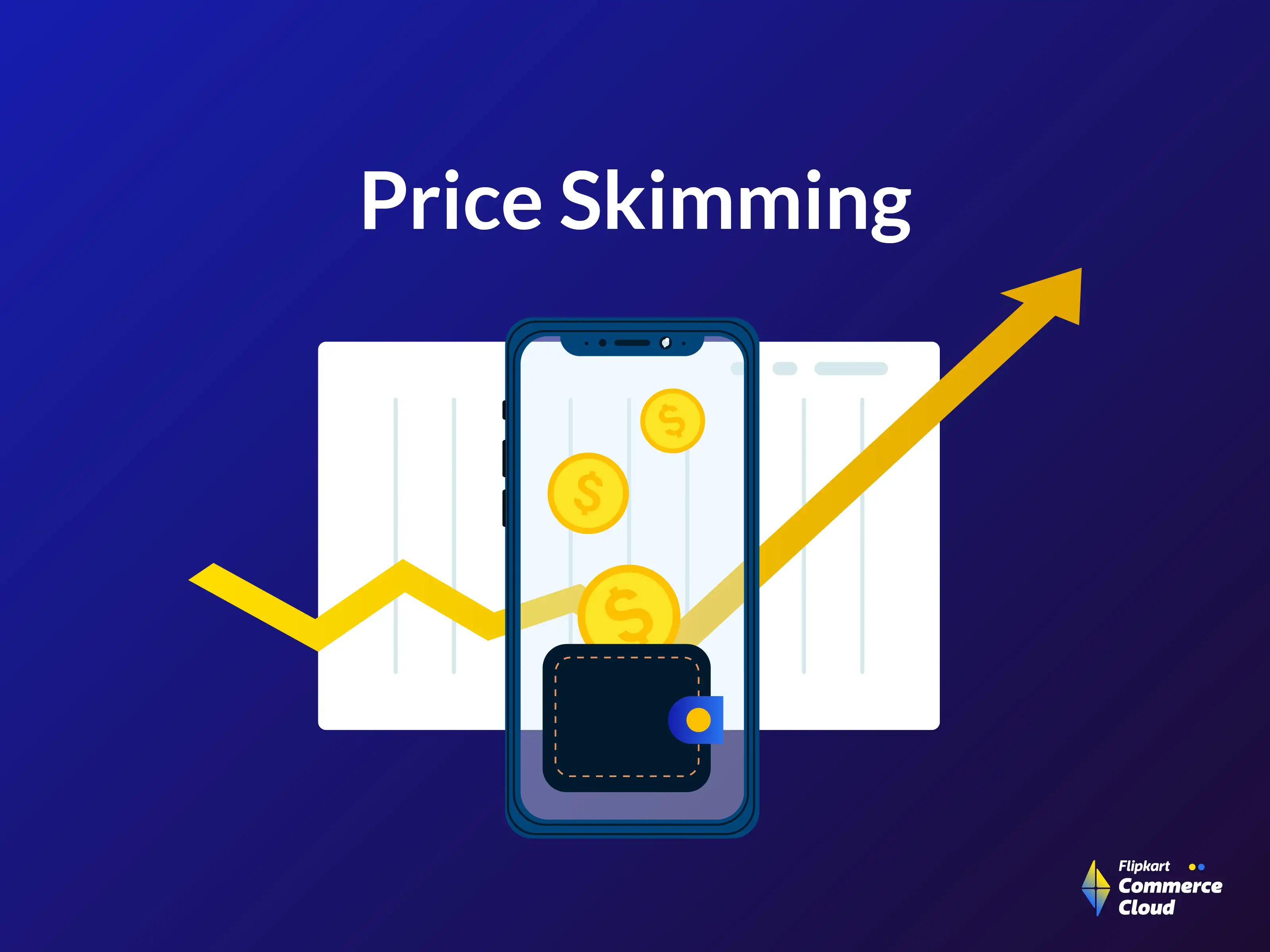What is customer segmentation?
Customer segmentation is a marketing technique that divides target customers into specific customer groups based on shared characteristics, demographics, interests, or behaviour patterns.
By understanding the unique preferences of each segment, businesses can create personalized marketing messages for better engagement and higher conversion rates, leading to a stronger connection with customers.
How to create audience segmentation?
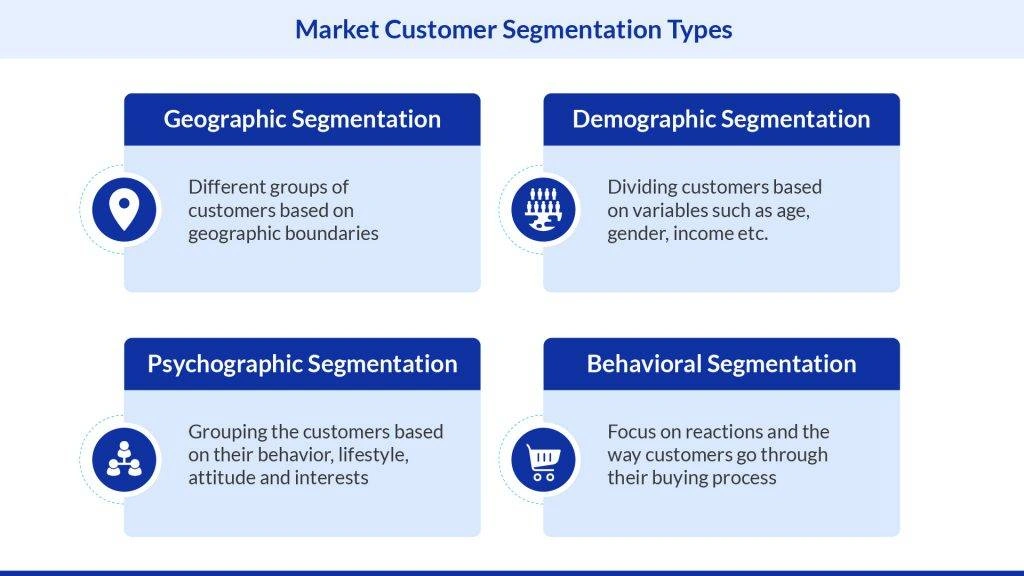
When it comes to segmenting your audience, start by defining your goals. Think about what you want to achieve through customer segmentation and how it will help you meet your business objectives.
You can then begin dividing your customers into different groups based on these specific goals using the below segmentation:
- Demographic segmentation involves segmenting your target audience based on external demographic factors such as age, gender, income, occupation, and education.
- Behavioral segmentation is centered on grouping the audience into different segments based on customer actions such as online shopping patterns, previous purchases, activities on social media platforms, and device usage.
- Psychographic segmentation offers insights into audience interests, perceptions and mindsets. Data can be collected from platforms like Hotjar using tools like heat maps for user research.
- Geographic segmentation is categorizing audiences based on geographic location, from broad regions to specific postcodes.
- User journey segmentation concentrates on the user’s path through your website, from the initial landing to conversion.
This is followed by the creation of targeted content and ads based on different audience profiles and running campaigns on multiple channels.
Benefits of customer segmentation for ad targeting
Highly targeted ads that resonate with customers
Provides value for money with targeted ads
Targeted ads can be cost-effective for businesses looking to reach the right audience with minimal marketing efforts. In contrast to mass advertising, which aims to reach a wide range of people, targeted ads are tailored to reach specific customer segments who are most inclined to make the purchase.
This means businesses can save money by avoiding the cost of displaying ads to people who may not be interested in their offerings. With targeted ads, businesses can also achieve a better ROI as they can deliver personalized messages with a higher chance of converting into sales.
Better customer experience leading to customer loyalty
Customer segmentation models lead to a more personalized and valuable experience for customers. Instead of generic ads, targeted ads based on market segmentation use data to deliver messages relevant to customer needs and interests. The approach results in higher engagement, increased satisfaction, and stronger customer loyalty.
For instance, a person looking to purchase a new phone will appreciate seeing targeted ads with deals or information on the latest models. By leveraging customer segments and valuable insights, businesses can enhance the overall experience and foster stronger relationships with their target audience.
Achieve higher ROI
Targeting particular segments and leveraging customer data can greatly improve ads ROI. Businesses can see higher engagement, click-through, and conversion rates by tailoring ads to resonate with potential buyers.
This strategy is particularly effective for niche target markets, such as a sports shoe retailer targeting fitness enthusiasts rather than a general audience. This approach also gives businesses a competitive edge in the digital marketplace.
Examples of brands using customer segmentation
Customer segmentation strategies involve dividing a customer base into smaller, targeted groups based on shared characteristics. Here are examples of successful customer and market segmentation strategies used by businesses for digital marketing:
- Sephora leverages its loyalty program to provide custom deals and product recommendations, fostering repeat purchases and cultivating customer loyalty.
- Walmart optimizes sales and customer satisfaction by tailoring product assortments in its online and physical stores based on local customer demographics and buying patterns.
- Airbnb tailors search results for users according to their previous bookings and preferences, simplifying the booking process and boosting transaction rates.
- Starbucks utilizes customer data from its rewards program to offer tailored promotions, resulting in increased visit frequency and higher per-customer sales.
- Target uses purchase history data to craft targeted marketing campaigns, successfully identifying and reaching specific demographic groups such as expectant mothers.
- Nike employs personalized email marketing strategies that cater to individual customer preferences and past purchases, effectively driving sales by promoting relevant products.
How to use audience segmentation for ad targeting?
Segmenting customers for ad targeting can greatly improve the effectiveness of advertising campaigns. To ensure the best results, businesses should keep these best practices in mind:
Step 1: Set a clear goal
Defining clear objectives for your ad campaigns. Whether you want to increase brand awareness or drive sales, understanding your goals will help you target the right customers and achieve the best results.
Step 3: Test and refine
To effectively segment customers for advertising purposes, businesses should utilize data to identify key customer segments based on demographics, behaviors, and preferences. This involves analyzing shopping intent data from various channels to comprehensively understand their customers’ interests.
Look for shopping intent data beyond individual platforms, providing detailed product category insights and additional information such as brand preferences and purchasing power. Modern AI technology platforms translate this data into in-market audiences; letting you target consumers actively searching for similar products. This helps ultimately improve the effectiveness of ad campaigns.
Step 3: Test and refine
Experimentation is key in digital marketing. You can analyze which tactics yield the best engagement or conversion rates by trying different approaches with your audience segments, such as varying messaging, design, and offers. This allows you to continuously refine and improve your digital marketing strategies for optimal results.
Step 4: Personalized messaging and creatives
Craft customized messages and visuals that connect with different customer segments. Adding a personal touch can greatly improve the significance and attractiveness of your content, resulting in improved customer engagement. Use audience analysis to tailor your content marketing efforts on the interests and actions of each customer segment with similar characteristics.
Step 5: Monitor and adjust
Keep a close eye on how your campaigns perform and leverage analytics to figure out what’s working and what’s not. Be prepared to tweak your approach and refine your messaging or offers to boost effectiveness and reach your goals.
FCC can help you reach the right audience
As the advertising world evolves, staying ahead of trends with customer segmentation, AI integration, privacy focus, and immersive experiences is crucial.
Flipkart Commerce Cloud (FCC) offers a comprehensive suite of solutions for digital advertising. With advanced analytics you can dive into customer segmentation analysis that provides insights into their purchasing intent and helps you tailor ad experience.
Utilizing environmental cues and current events, FCC ensures that ads are timely and relevant. With real-time adaptability, you can stay on top of trends and continuously measure the performance of your ads to optimize for better outcomes.
Additionally, FCC’s Ads Manager simplifies the process of managing display ads, sponsored listings, contextual ads, and other aspects of the ad ecosystem with minimal effort and investment from retailers.
Want to know more about how FCC can help you with retail media platform advertising? Book a free consultation with our retail media experts!
